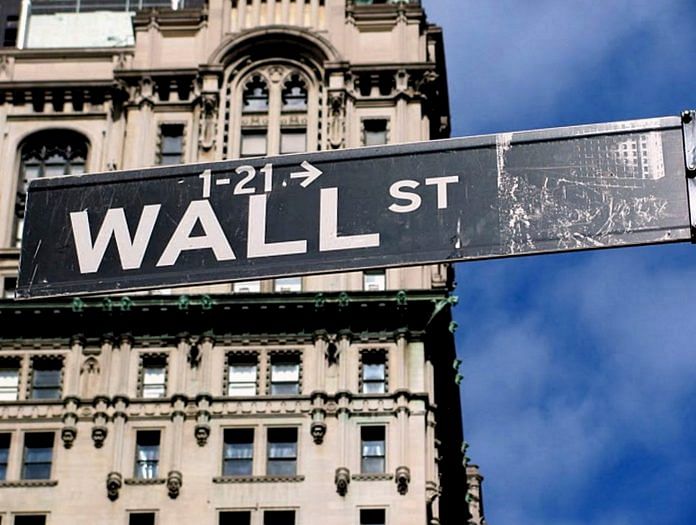Experience has taught bankers not to worry about the downside. The government bailed them out with no personal repercussions and without fundamentally changing the system.
Ten years after a crisis that brought the world to the brink of Armageddon, the people overseeing the world’s largest economy insist they’ve reduced the risk of another financial disaster. Just one problem: We need a different financial system, not just better risk management.
I had a front-row seat for the watershed event of the 2008 crisis, the failure of the investment bank Lehman Brothers Holdings Inc. I was a quantitative analyst for the hedge fund D.E. Shaw, of which Lehman owned 20 percent. I worked on modeling futures markets with Larry Summers, who at the time was a managing director. The crisis caught us unawares, as it did the most of the economic community. Our mathematical models had told us that such a disaster was vanishingly unlikely.
So what has changed? Not enough. To a troubling extent, the same models dominate. Banks use them to estimate how much they might lose on any given day. Regulators employ them to verify that banks aren’t engaging in illegal speculation, and to ensure that they have enough capital to weather the next crisis.
There are two kinds of algorithms in finance: those that are meant to work, and those that aren’t. The former are typically for trading. Their creators want them to work because they generate profits, at least in good times. The latter — risk models — are supposed to predict the bad times. Nobody really wants to think about that, so they are designed to be functionally weak: wrong enough to take advantage of the rules, but not so wrong that it’s obvious. It’s called juicing your Sharpe ratio, emphasizing your returns and obscuring your risks.
Better risk models are no solution. As I realized after a few years working on credit-derivative models, it’s a matter of politics, not math. Experience has taught bankers not to worry about the downside. The government bailed them out with no personal repercussions and without fundamentally changing the system. Regular folks — and particularly people of color, who had a disproportionate amount of their wealth tied up in real estate — suffered the consequences.
This raises two philosophical questions. First, is it even possible to model risk? I doubt it. There are so many impediments: faulty data (for example, using the performance of old, responsibly underwritten mortgage loans as a proxy for new ones based on fake income); asymmetric information (banks know more about the risks lurking in securitized products than do the customers who buy them); the inherent backward-looking nature of all models (they rely on past performance to predict the future, so they’re blind to new problems); and the strange hubris of those who believe that computers can solve problems people can’t. Maybe it’s not humanly possible to get risk modeling right.
Second, what is the financial system’s proper role as a public good? What would it look like if it heeded the lessons of the crisis, balanced short-term profit against long-term benefit, and took the social contract seriously? I’m guessing it would be smaller, less exciting, less speculative, more focused on value and less reliant on “sophisticated” risk models that fail at precisely the wrong moment. Instead, the system generates runaway inequality, burgeoning debt loads, and subprime auto lending defaults. Even after 10 years, the financial crisis is still very real for too many Americans.
There’s no easy answer. I’m not holding my breath for wisdom to conquer greed. It will probably take another crisis to make us recognize where we’ve fallen short. The question is whether we will be in any state to do something about it when that time comes. – Bloomberg






